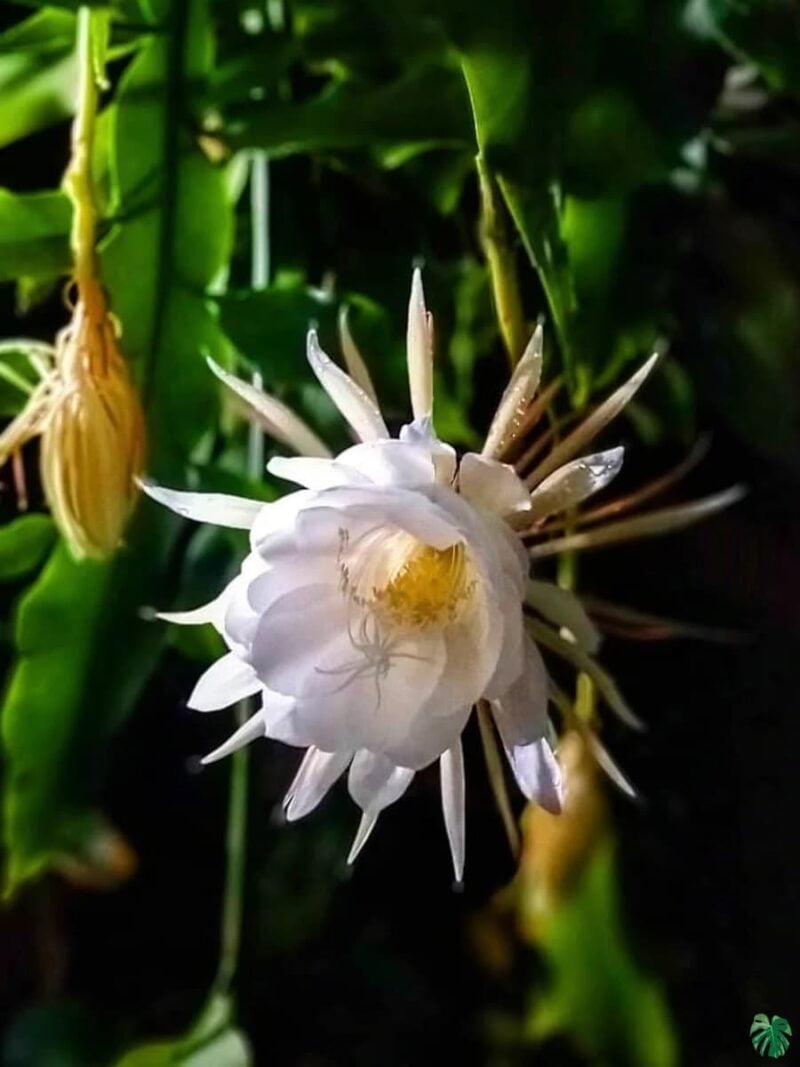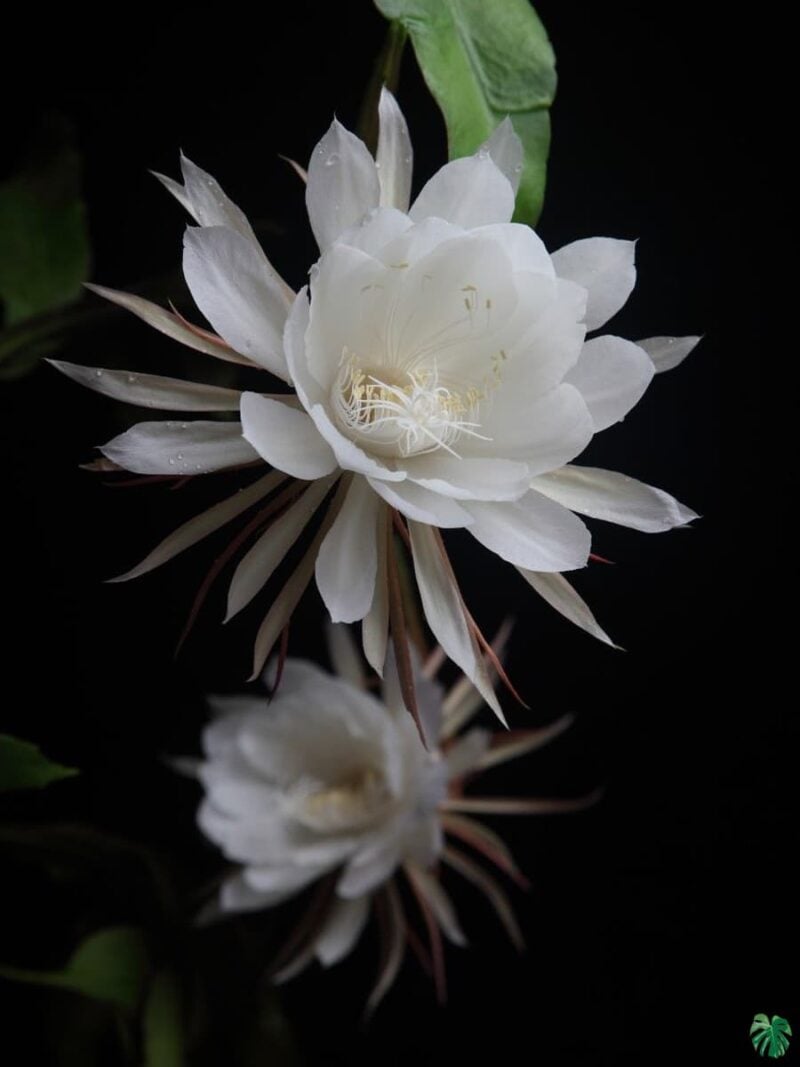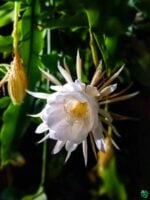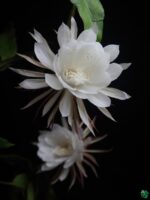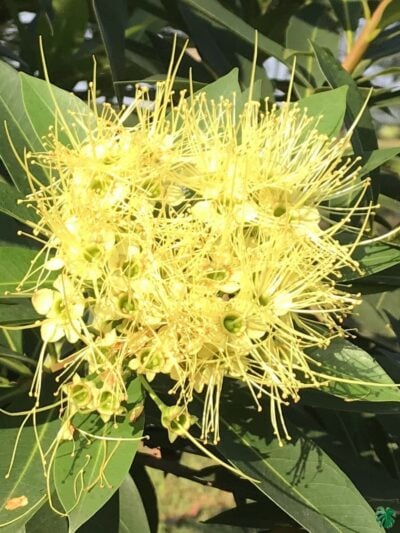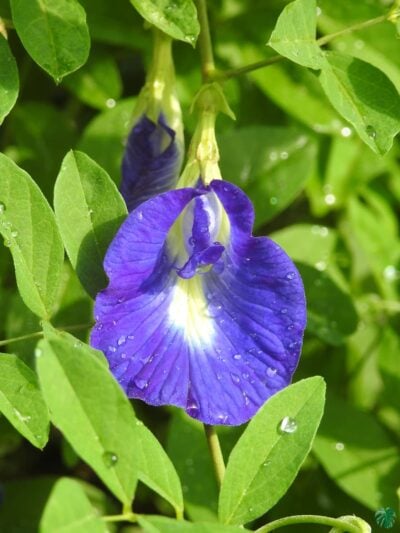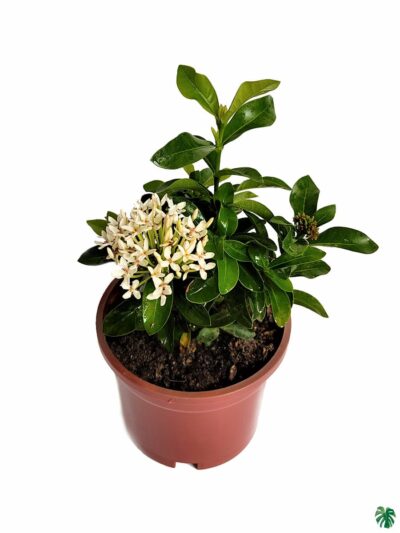Queen of the Night – Brahma Kamal
Queen of the Night or Brahma Kamal is a species of cactus and one of the most cultivated species in its genus. It rarely blooms and only at night, and its flowers wilt before dawn. The large, funnel-shaped, white flowers are up to 28 cm long. This fragrant, nocturnal bloom opens in the late evening and closes again at sunrise. The flowers are followed by small, up to 10 cm long, oblong, purplish-red, angled fruits.
Epiphyllum Oxypetalum
In India, this plant is called by many names. Iruludavare in Kannada, meaning ‘night lotus’. It is believed that the wishes of people who pray to God while the flower is blooming will be fulfilled. It is also called as Bramhakamal in Maharashtra, Gulebakavali in Ancient Tamil. It is called Kadupul flower in Sri Lanka.
Though it is sometimes referred to as a night-blooming cereus, it is not closely related to any of the species in the tribe Cereeae, such as Selenicereus, that are more commonly known as night blooming cereus. All Cereus species bloom at night and are terrestrial plants; Epiphyllum species are usually epiphytic. Epiphyllum oxypetalum is an erect or semi-erect, branching, epiphytic cactus up to 6 m tall with cylindrical stems, bearing elliptic, leaf-like, scalloped, dark green branches.
Saussurea Obvallata vs Epiphyllum Oxypetalum
Not many know that Brahma Kamal is a misnomer when referred to Epiphyllum Oxypetalum. The real Brahma Kamal is Saussurea Obvallata, which grows in the Himalayas, at an altitude of around 4500 m. The Epiphyllum Oxypetalum, on the contrary, is a cactus and nowhere related to Saussurea Obvallata. Saussurea Obvallata is the state flower of Uttarakhand.

